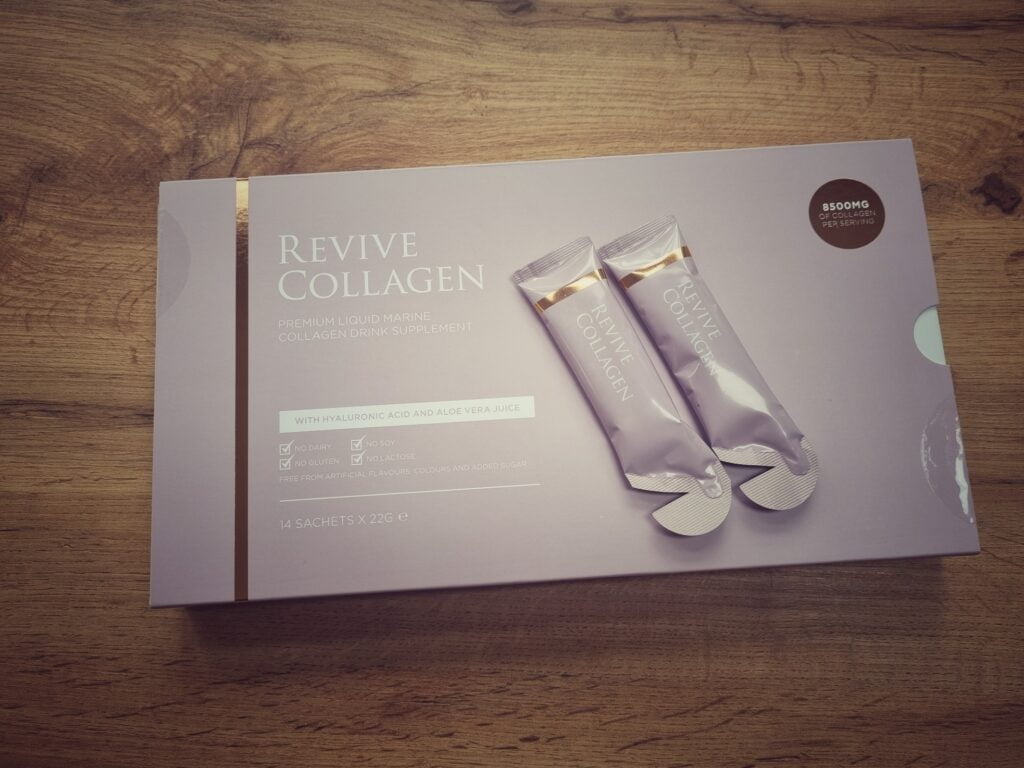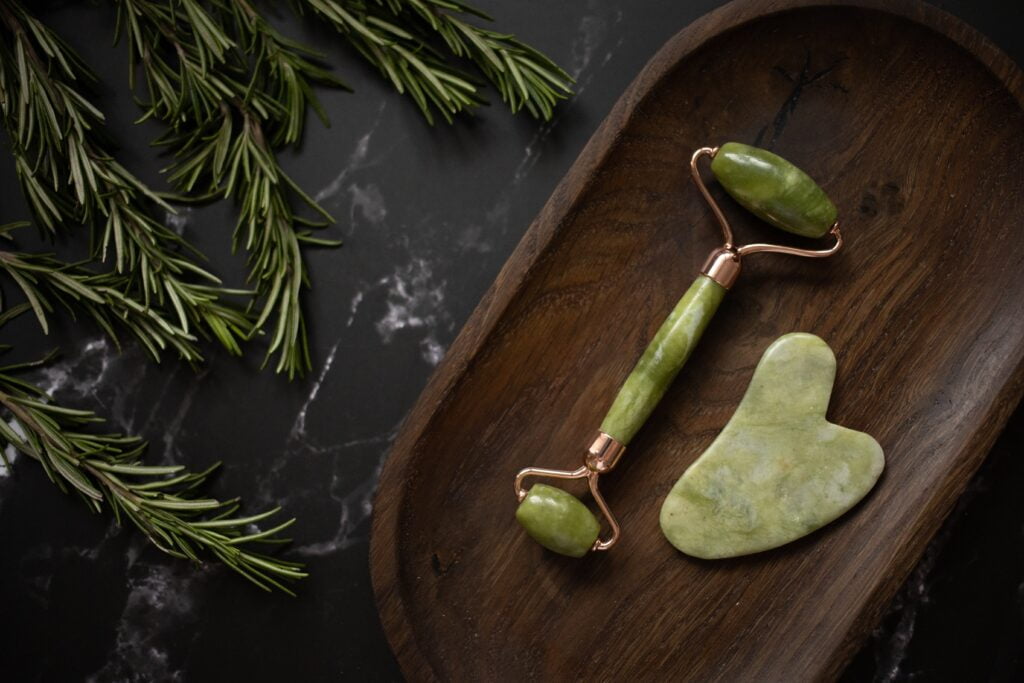I remember as a child seeing adverts on TV for anti-ageing face and neck creams for women (nothing for men at that time). It would, I think be fair to say that the obsession with ageing and anti-ageing products has massively accelerated over the years. Over the last three decades in particular we’ve seen generational obsessions with a range of things from lotions and potions; plastic surgery, facial fillers, special facials, supplements and so on. At times you could be forgiven for thinking that there was a new ‘craze’ every couple of weeks and all because we try to might this natural process known as ageing.
Collagen
One anti-ageing product that has gained momentum over the last few years is collagen as a supplement. Collagen is something that is naturally produced in the body. However, when we enter our 20s, our bodies start to produce less collagen and this deteriorates year after year. This has a range of knock -on effects on health as the years pass by.
Collagen is a protein that is an important part of connective tissues in the body. A loss of collagen can cause the skin to lose elasticity, cause stiff joints, an increase in the formation of wrinkles and sagging, and also make the skin vulnerable to being easily damaged. It really should be seen as something much more than a beauty product but beauty seems to sell more than health still!
Given this, there have been a huge number of collagen supplements developed. Some studies show that taking collagen supplements for several months can improve skin elasticity, and therefore improve wrinkles and roughness, as well as reduce the signs of aging. Other studies have shown that taking collagen can increase density in bones weakened with age and can improve joint, back and knee pain.
There are now lots of collagen supplements on the market, some with better feedback that others. I do think, if you are interested in taking collagen on a regular basis you need to try out a few brands to see what works best for you as some taste better than others. Collagen is something that only works if you take it consistently long-term, so you need to be able to stand the taste of whatever you are taking.

There are collagen drinks available, collagen gels, powders and so on, so the best I can suggest is that you experiment a bit to find what works for you.
Revive Collagen, is one that claims to be a game-changing beauty brand that delivers real results for women of all ages. Revive Collagen offer liquid collagen that can be taken once daily for the best results. The collagen drinks by Revive Collagen have an absorption rate of 90% to 95% which is considerably higher than collagen tablets of which only 30 to 40% is absorbed by your body.
Revive Collagen – Hydrolysed Marine Collagen Drink with Hyaluronic acid and Aloe Vera Juice is called a ‘drink’ but it’s more like a gel you have to squeeze into your mouth. The taste, like many isn’t great but it is manageable if you follow with a glass of water.
Revive Collagen’s unique formula works by boosting the production of collagen and hyaluronic acid within the body. Alongside this, Aloe Vera extract acts as an anti-inflammatory, helping to treat dry skin.
Drinking a sachet daily helps rebuild and restore your collagen levels, with over 8500 MG of Type 1 Hydrolysed Marine Collagen per serving. This unique formula has been developed alongside some of the top UK laboratories and has been specifically developed to deliver superior results, although these results can take many weeks (6-8) to show in your body, so you have to be consistent.
Each box contains 14 ready to drink sachets. One sachet is recommended daily for best results. A downside of most collagen products is the cost, a 2-week supply of Revive will cost you £33.99, although this is reduced if you enter their subscription service. In reality, I know very few people who could afford to take these every day. However, if you are someone who has been spending a fortune on expensive creams, lotions and potions for years, collagen sachets like this could end up being more cost effective for you, and the science is certainly there to back up the fact that long-term this stuff works.
Gua Sha
Gua Sha exploded in popularity during lockdown, claiming all sorts of things, including the ability to offer a natural face lift – and I mean, who wouldn’t want one of those right? So what is it exactly? ‘Gua’ means scrape, and ‘Sha’ means sand. It’s a treatment that involves scraping a flat jade or rose quartz stone over the skin in upward strokes to relax stiff muscles and promote tissue drainage.

The treatment is traditionally used in East Asian and Chinese medicine. You might be familiar with the Gua Sha massage, which treats muscle pain and tight muscles by applying pressure with the Gua Sha tool. The results, like cupping, don’t exactly look attractive, as you can end up with redness and bruising as you heal. However, the results are dramatic, and I can tell you these massages are some of the best I’ve ever had, it’s more than worth the marking on the skin!
Facial Gua Sha has more recently emerged as a bit of a trend, with many companies charging large amounts of money for these tools, although there are many cheaper versions available. This technique has particularly blown up on Instagram as an aesthetic treatment to improve the look and feel of your skin.
So does it work? Personally, I love it. It’s a massage technique designed to relieve tension in the muscles of the face, boost blood circulation, and encourage lymphatic drainage to banish bloat. It helps break up fascia, the connective tissue that hugs muscles but can sometimes interfere with optimal circulation. It can very quickly relieve a tension headache, and certainly eliminates puffiness and improves circulation.
Over time this is said to be excellent for slowing the ageing process. It is none invasive, can be performed at home everyday at a very low cost and it feels great, so why wouldn’t you?
Have you tried either collagen or gua sha? Do let me know in a comment below.



2 comments